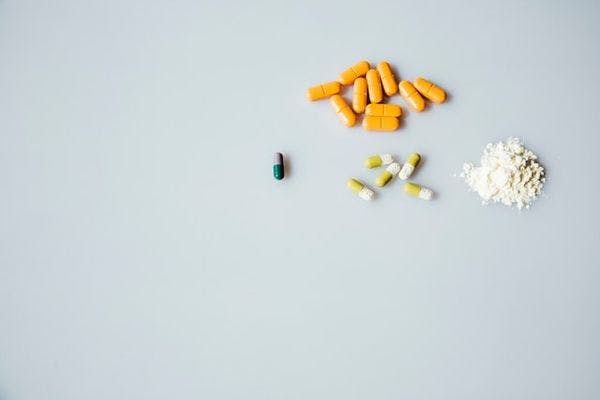Unsplash - Markus Spiske - CC
The need for a safe supply of drugs includes stimulants
By Taylor Felming, Filter
COVID-19 has made a severe overdose crisis much worse. Border closures have caused major disruptions to drug supplies, increasing the need to “cut” the existing supply with substances such as fentanyl or benzodiazepines. Social distancing requirements have reduced the capacity and reach of lifesaving harm reduction programs. And more people are having to use their drugs alone, with no one to respond if they overdose.
In the United States, local and state-level estimates are suggesting fatal overdoses have increased dramatically over the course of the pandemic, in line with preliminary national data for early 2020. In Canada, provinces such as British Columbia and Alberta have seen record-breaking numbers of overdose deaths since March.
Calls for more access to treatment and supervised consumption services have been joined by growing support for drug decriminalization. In Canada, mayors of major cities, public health officials and the Canadian Association of Chiefs of Police all support it. In the US, Measure 110, moving to decriminalize personal-quantity possession of illicit drugs, is on Oregon’s November ballot.
While needed, none of these measures address the tainted drug supply that is directly behind the overdose surge.
Seeking to do so, British Columbia released “safe supply” guidelines in April—allowing people who use drugs and are at high risk from COVID-19 to access prescribed opioids, benzodiazepines and stimulants to avoid withdrawal and stay “comfortable.”
The inclusion of stimulants in BC’s safe supply program was significant. It signaled that health officials were finally acknowledging that overdose risk and a tainted drug supply extend beyond opioids.
Regions
Related Profiles
- Filter Mag
